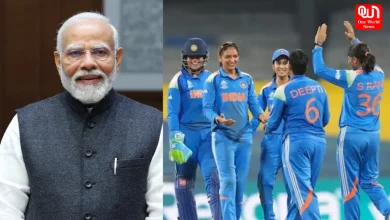Chaning Indian Fashion

Indian fashion scene is fast changing and that to for better. Our cultures and customs varies from state to state. While South Indian prefer saris and lungi for men and women, north Indians prefer salwar suits for women and dhoti kurta for men. Recently this style system changed a lot and they started wearing pants, suits and dresses. Especially women like to experiment with western style and jeans have become a status symbol among both men and women,” said Anju Modi, fashion designer.

Ravi Bajaj Sari
Lot oc changes has taken place in sari. Designers like Ravi Bajaj has remolded 6 yard wonder to suit the new generation’s taste. Ravi’s saris are consecutively separated with skirt embellished that works centre layered underskirt and dupatta is used for a pallu and folded. “I just want to give sari a new look than the traditional one,” said Bajaj.
The current gush of economic growth also influenced the fashion industry. The awareness and purchasing power of new rich resulted in such a push. “A revolution is taking place in work culture. Today’s youth work for long hours and there is a need for comfortable clothing during llong working hours and that was the reason why the demand for office wear items are increasing day by day,” Bajaj said.

Anju Modi clotehs
Well known international brands entry into Indian market was welcomed by costumers as well as the media. J n fact international brands coming to India and selling at economical prices have created a new awareness among Indian fashion conscious men and women. Even “plus sized” clothing are in demand. “The demand for “plus size” is increasing day by day. Even with normal body women are willing to experiment as they are ready to adopt the changes taking place in west. This influences had already took us on international fashion stage . This influence has given our designers a change to make a mart in international fashion market,” said Niket Misra, Delhi based designer

Niket Misra collection
The Mall culture has also helped the brands both Indian and western to flourish. “Normally more than 2 to 3 thousand people visit a Mall. Even if 10 percent buy something that will be great. Interestingly most of the regulars are today’s generation, who are ready to buy fashionable stuff,” said Niket.







